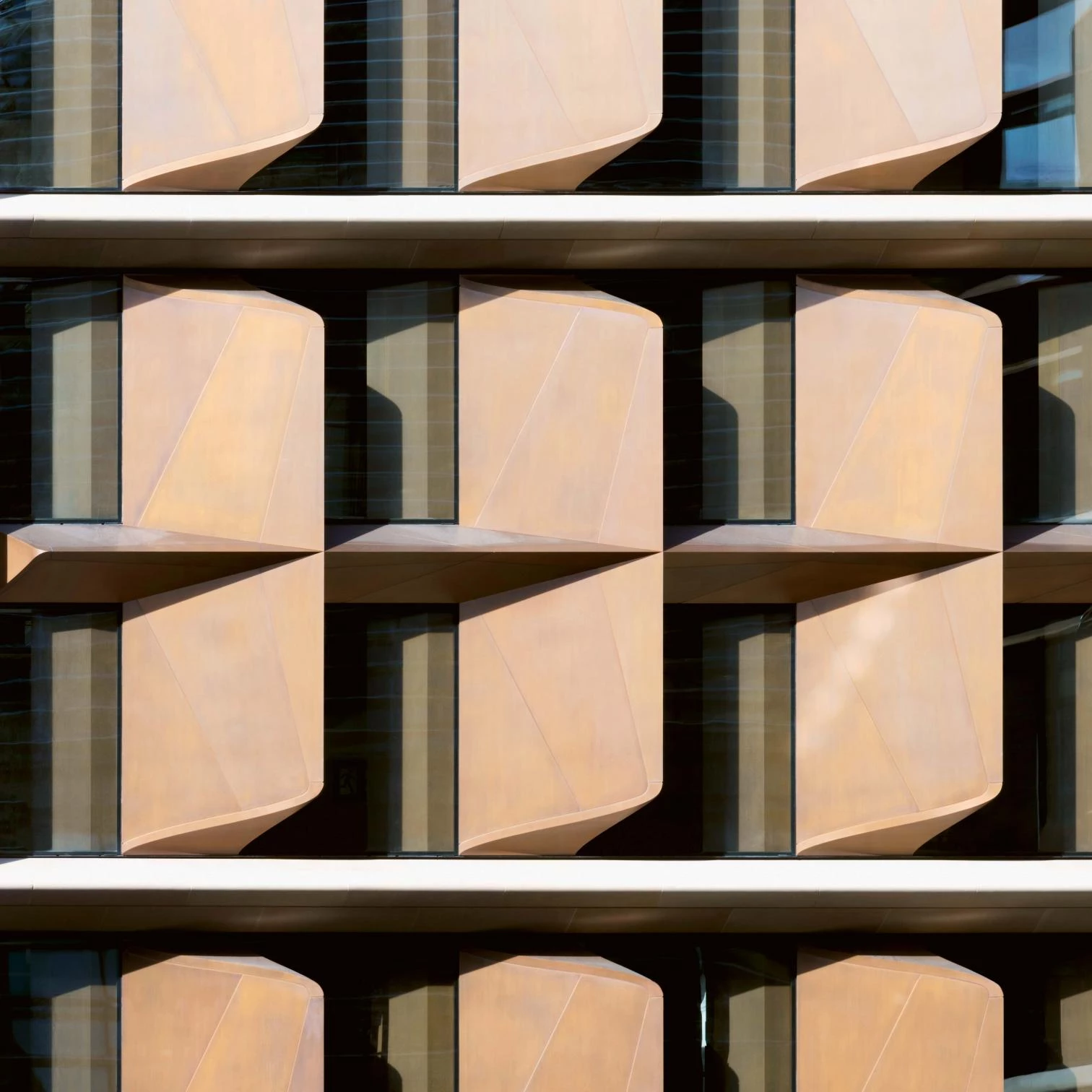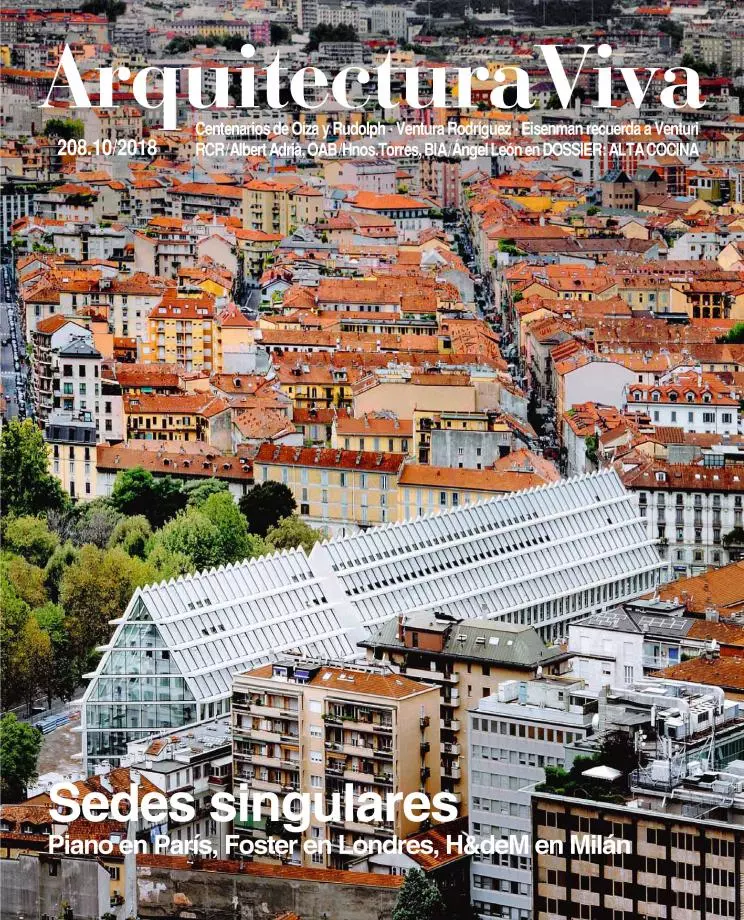
The building is back. Over the last years, the extension of the boundaries of architecture’s critical discourse has blurred what used to be its essential core. With the extension of the discipline to neighboring fields, and the deserved loss of prestige of the self-withdrawn object, the building became an embarrassing presence, too big to go unnoticed, and too evident to deserve a detailed exploration. Dissolved first in the city, and afterwards in the broader concept of landscape, the bold materiality of unique constructions ended up vanishing in the weightless geographies of mapping and in the endless accounts of processes. After ephemeral art installations came the turn of sociological diagrams, economic charts, and political abstractions, all of which occupied the center stage of the debate, pushing the building to lackluster margins.
If furthermore we are referring to great works, carried out by great architects for great institutions in great cities, the critical review of buildings is at risk of having to face the tsunami of what today is considered politically correct. In case of judging essential the documentation and commentary of buildings, may the chosen be at least small works, completed by unknown architects for popular clients in nondescript sites. However, architectural virtue is to be found both in the large headquarters published here and in the modest projects we have dealt with in previous issues. Big or small, these are buildings that deserve a careful analysis of the circumstances surrounding their commission and their urban insertion, but also of their technical materialization, functional organization, and symbolic expression.
Avoiding the anathema of the object, in this issue we propose a close reading of these works as a resource of pedagogical dissection, because great architecture is always nutritious, and that is precisely what the three critics – François Chaslin, Jonathan Glancey, and Fulvio Irace –, invited to assess the three most recent works by three big European offices, do here. These are all edifying edifices, and not so much for their virtuous condition as for their capacity to inspire excellence through emulation. The architectural discipline, unravelled by its dispersion in multiple foreign territories, can obtain fruits from its return to the historic core of its activity. Some will find this attitude archaic, but there are times when the past sheds more light than the present, and places where roots are more inspiring than winds. The building, that never left, is back.





